Piste de Taereung
13.3Km 2016-09-05
26 Gongneung2-dong Nowon-gu Séoul-si
+82-2-971-0741/ 977-6363
Une piste de luge sera ouverte à Taereung (banlieue de Séoul) du 24 décembre 2009 au 1er Mars 2010; une occasion pour les amateurs de s'essayer aux sport d'hiver !
Cette année, les pistes de luge on été conçue pour rester au sec, le tout entouré du cadre spectaculaire du mont Bulamsan.
Les installations comprennent un champ de neige, des luges, une aire de jeux et pleins d'autres surprises. Des rafraîchissements sont disponibles dans la zone d'alimentation. Une zone de détente est également ouverte de 09:00 à 17:00.
Promenade au clair de lune au palais Changdeokgung (창덕궁 달빛기행)
13.3Km 2023-08-02
99, Yulgok-ro, Jongno-gu, Seoul
• Centre d'appels 1330 : +82-2-1330 (coréen, anglais, japonais, chinois) • Pour obtenir plus d'info : +82-2-2270-1233 / 1238
Nous vous invitons à la Promenade au clair de lune au palais
Changdeokgung qui a lieu tous les ans d'avril à octobre.
Ce programme vous permet d'en apprendre plus sur l'histoire ancienne de la Corée ainsi que la
culture traditionnelle du pays.
Ce programme de visite nocturne vous permet également de profiter de concerts traditionnels tout en dégustant des petits encas typiques de Corée.
Construit à l’origine pour servir de villa royale, le palais
Changdeokgung est devenu le centre du gouvernement durant la dynastie Joseon après que le palais principal
Gyeongbokgung ait été brûlé durant l’invation japonaise au XVIème siècle. En plus de son importance politique, le palais est renommé pour son esthétique et son architecture, étant aménagé au sein d’un magnifique paysage naturel. En 1997, l’UNESCO a inscrit le palais Changdeokgung sur la liste du patrimoine culturel.
Dans le cadre du projet Création des Palais Vivants, le circuit au clair de lune du palais Changdeokgung offre une occasion unique de contempler et faire l’expérience de la beauté du palais.
Cheongpa Mansion (청파맨션)
13.3Km 2021-03-29
20, Cheongpa-ro 47na-gil, Yongsan-gu, Seoul
+82-2-706-9093
You can enjoy coffee roasted by a professional barista. This cafe is located in Yongsan-gu, Seoul. The most famous menu is americano.
Libuk Sonmandu (리북손만두)
13.4Km 2019-08-28
17-13, Mugyo-ro, Jung-gu, Seoul
+82-2-776-7361
Libuk Sonmandu restaurant is located deep in the alleys behind Seoul City Hall in the Mugyo-dong area. It is famous for kimchimari bap and sonmandu (handmade dumplings). Kimchimaribap is rice in a soup of kimchi and ice cubes with various added flavorings that originated in North Korea. This is a refreshing dish for summer. Other items on the menu are bindaetteok (mung bean pancake) and mandu jeongol (dumpling hot pot).
Samwon Ilsik (삼원일식)
13.4Km 2021-04-01
32, Mugyo-ro, Jung-gu, Seoul
+82-2-777-3680
This is a Japanese cuisine located in Cheonggyecheon Stream, Seoul. This restaurant is one of Mugyo-dong's best kept secrets. The best menu at this restaurant is codfish stew.
Sarangchae (사랑채)
13.4Km 2016-12-30
6, Insadong 16-gil, Jongno-gu, Seoul
+82-2-737-1155
Sarangchae is located in Insa-dong, one of the most famous neighborhoods visited by tourists. Majority of the restaurant's customers are foreigners, and they offer reasonably priced Korean dishes that are highly popular among foreign visitors.
Projet de circuit artistique et culturel de Séoul (서울문화예술탐방)
13.4Km 2019-01-07
Seoul-si
Lancé en 2007, le projet de circuit artistique et culturel de Séoul est un programme d’expérience culturelle organisé par la Fondation de Séoul pour les arts et la culture. Les circuits ont lieu du jeudi au samedi, les deuxième et quatrième samedis du mois d’avril à octobre.
Les participants se réunissent sur la place en face de l’hôtel de ville de Séoul vers 10h30 pour prendre le bus affrété par la Fondation de Séoul pour les arts et la culture. Le programme offre diverses excursions sur des thèmes variés : art, théâtre, littérature, architecture et design. En semaine, de nombreuses femmes au foyer s’inscrivent au programme pour profiter un peu de leur temps libre alors que leurs enfants sont à l’école. Pendant les week-ends, c’est l’occasions parfaite pour les familles, les couples et les touristes internationaux de visiter Séoul. Ce programme gratuit permet ainsi aux participants de visiter quelques endroits de Séoul et de découvrir ce qui fait que ces lieux sont les fleurons de la capitale.
Les personnes intéressées pour participer doivent effectuer une réservation en téléphonant à la Fondation de Séoul pour les arts et la culture ou en visitant le site internet.
Gare culturelle de Séoul 284 (ancienne gare de Séoul) (문화역서울 284)
13.4Km 2023-04-26
426, Cheongpa-ro, Jung-gu, Seoul-si
+82-2-3407-3500
L’ancien bâtiment de la gare de Séoul a été conçu par Tsukamoto Yasushi, professeur à l’Université de Tokyo. La construction de la station a commencé en juin 1922 et a été complété en septembre 1925. Avant la construction du bâtiment, la gare de Séoul était seulement un bâtiment en bois à 2 étages (33 m²) appelé « l‘arrêt Namdaemun ». Il était situé entre la gare de Séoul actuelle et Yeomcheongyo et était un arrêt pour la ligne de train Gyeongin (Séoul-Incheon). Le nom de la station est devenu « station Gyeongseong » en octobre 1910 et quelques années plus tard, 3 lignes de trains supplémentaires ont été ouvertes (ligne Gyeongbu en 1904, ligne Gyeongui en 1905, et ligne Gyeongwon en 1914).
Le nouveau bâtiment à 2 étages (niveau inférieur 1 et 1 niveau supérieur) a été construit en bois et en brique avec une toiture en ardoise soutenue par une armature en fer. Le premier étage a été bâtit dans un style Renaissance et le second étage a été décoré avec des briques rouges et du granite.
Après que la Corée ait regagné son indépendance face à la colonisation japonaise, le gouvernement américain a pris le contrôle de la station Gyeongseong (1946) et en 1947, le nom est alors devenu « Gare de Séoul ».
Centre d'information du Temple Stay (템플스테이 홍보관)
13.4Km 2022-09-28
56, Ujeongguk-ro, Jongno-gu, Seoul
+82-2-2031-2000
Le centre d’information du Temple Stay est situé en face du temple Jogyesa. Il est très facile de s’y rendre depuis la station Anguk (métro de Séoul ligne 3) ou depuis la rue principale du quartier Insa-dong. Il s’agit d’un complexe culturel sur 5 niveaux qui inclut les bureaux de l’organisation officielle Templestay, un centre d’information, le restaurant de nourriture du temple “Balwoo Gongyang”, le « Lotus Café » et une librairie bouddhiste au rez de chaussée.
Le centre d’information du Temple Stay au rez de chaussée vous donne toutes les informations sur les programmes Temple Stay. Il est possible d’y choisir des brochures et livrets sur les programmes et des employés pourront répondre à vos questions. Le centre d’éducation au 2ème étage propose des activités. Le 4ème étage inclut le restaurant “Balwoo Gongyang”, spécialisé dans la cuisine du temple, et où il est possible de déguster des plats minutieusement préparés par des bouddhistes pratiquants.
Seolleneun Majung (설레는마중)
13.4Km 2021-03-30
49, Insadong-gil, Jongno-gu, Seoul
+82-2-6954-2915
It is a store that sells both traditional Korean desserts and coffee. This cafe is located in Jongno-gu, Seoul. The most famous menu is rice cake.

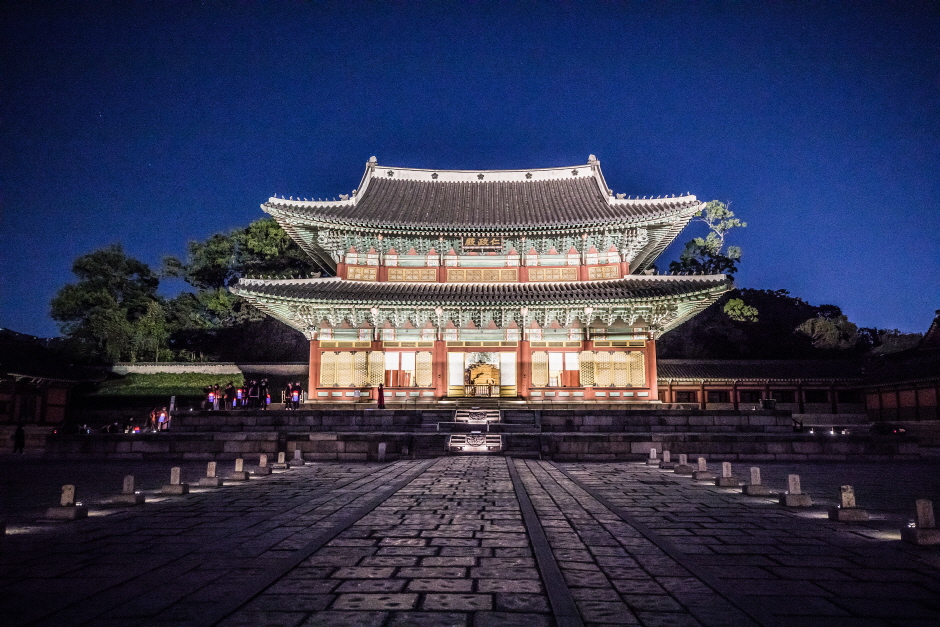

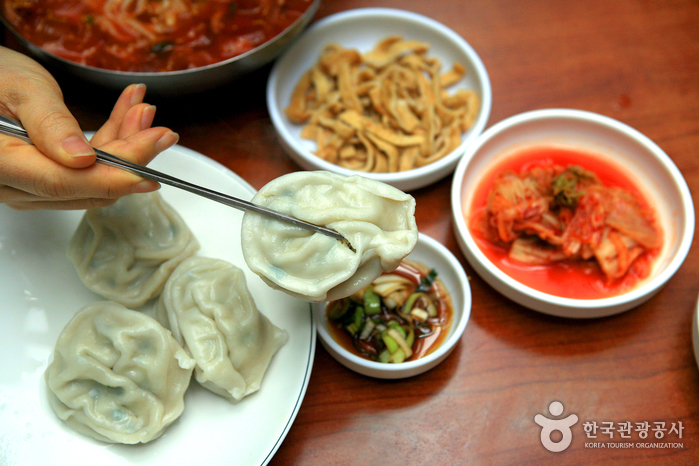
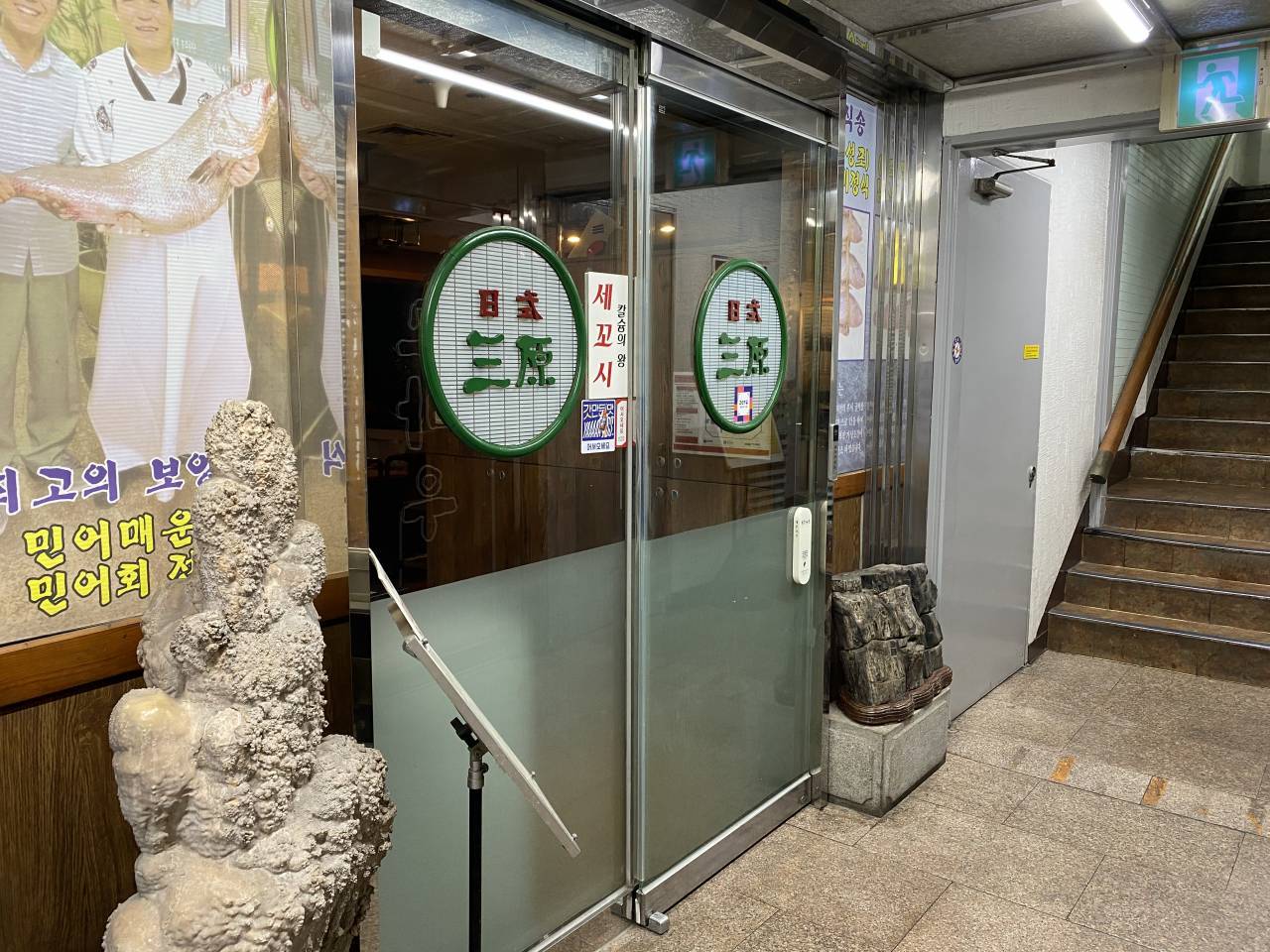
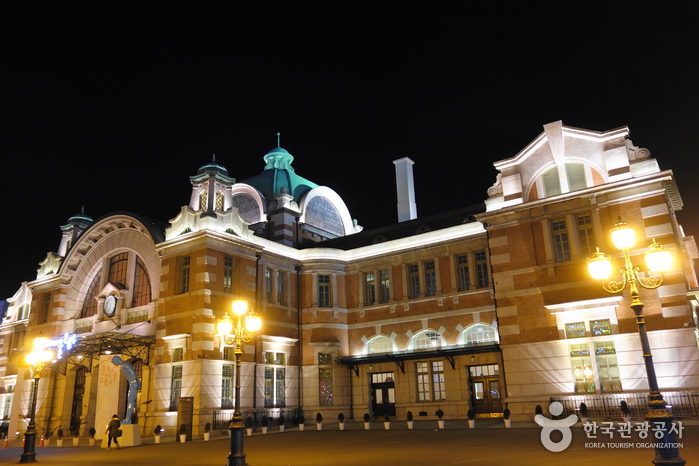
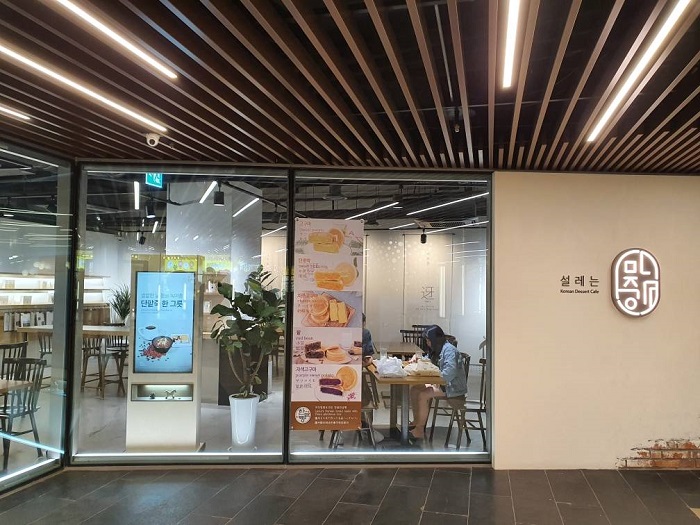
 Français
Français
 한국어
한국어 English
English 日本語
日本語 中文(简体)
中文(简体) Deutsch
Deutsch Español
Español Русский
Русский